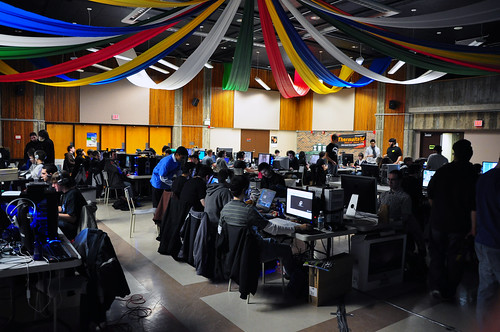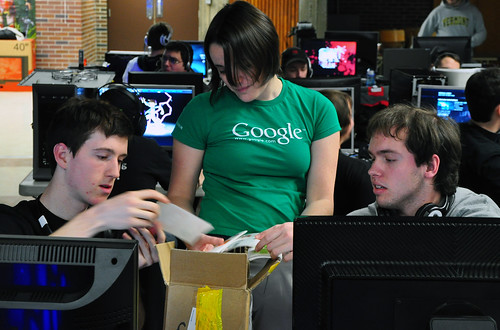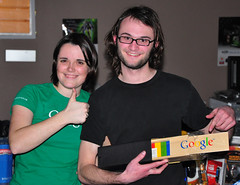As described on Merrill's Siftables research page:
Siftables aims to enable people to interact with information and media in physical, natural ways that approach interactions with physical objects in our everyday lives. As an interaction platform, Siftables applies technology and methodology from wireless sensor networks to tangible user interfaces. Siftables are independent, compact devices with sensing, graphical display, and wireless communication capabilities. They can be physically manipulated as a group to interact with digital information and media. Siftables can be used to implement any number of gestural interaction languages and HCI applications.
The components of the Siftables blocks are nothing new on their own. In fact, I wouldn't be surprised if even the combination of these ideas has been tested before. But when you see the interesting applications of such a system, such as the mathematical equation setup or word play game (seen in the video), you can't help but be excited.
Funnily enough, when showing the video to my husband, the first thing he thought of was how fast young children would probably destroy the little blocks, which he assumed were delicate. This worry was soon squashed as Merrill showed several videos of children testing out the word game as well as a really creative interactive cartoon application. No blocks were harmed - not bad for what was probably just a research prototype.
I'm convinced that Siftables could be used for a wide variety of interesting educational games. They might help students visualize complicated, spatially oriented word problems in math class, for example. Or they might be used by chemistry students as they build various molecules as they study organic chemistry. Maybe even youngsters introduced to computer science could benefit as they see the effects of rearranging various parts of an algorithm. All this from nothing but a few simple blocks!





